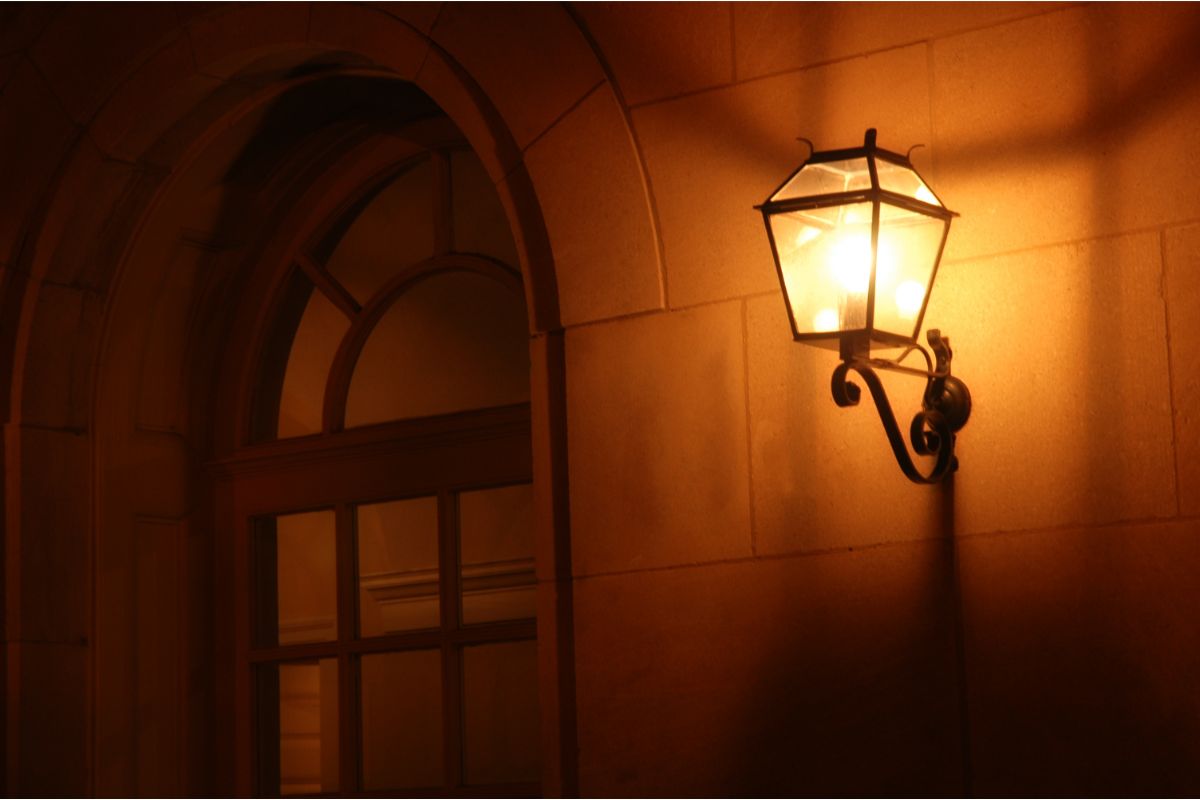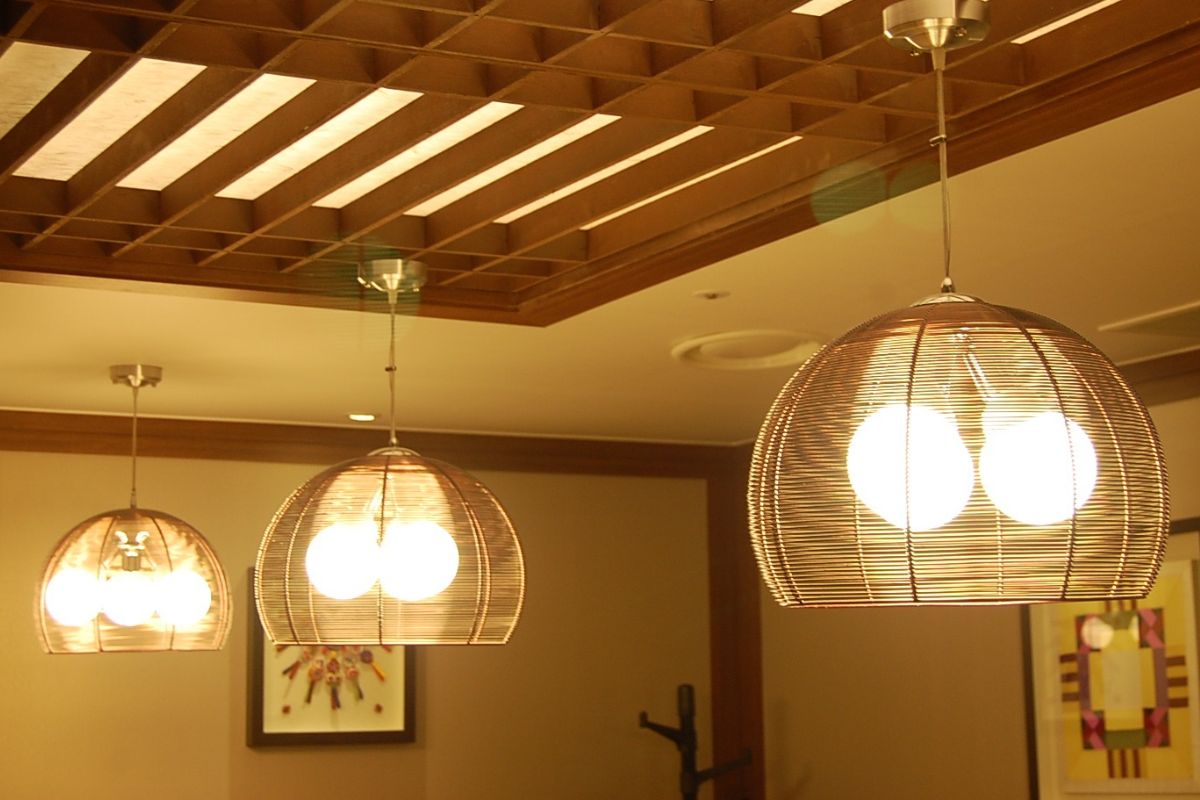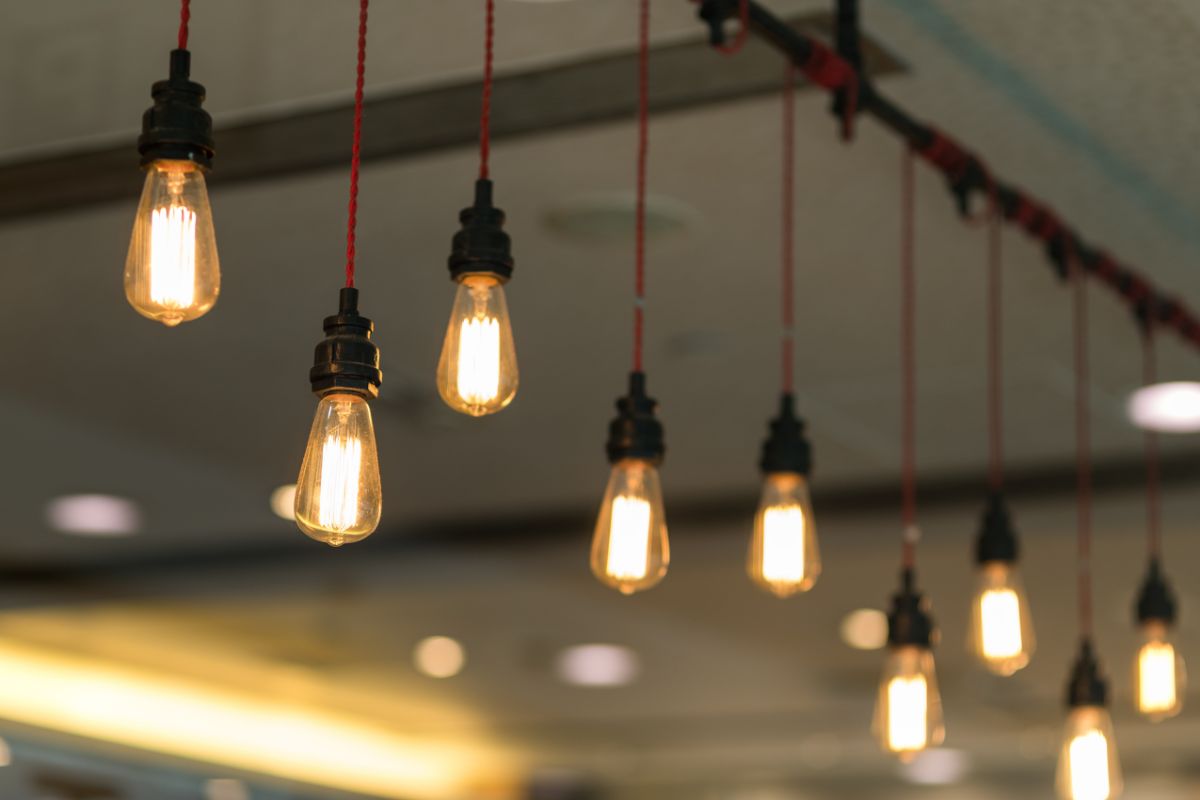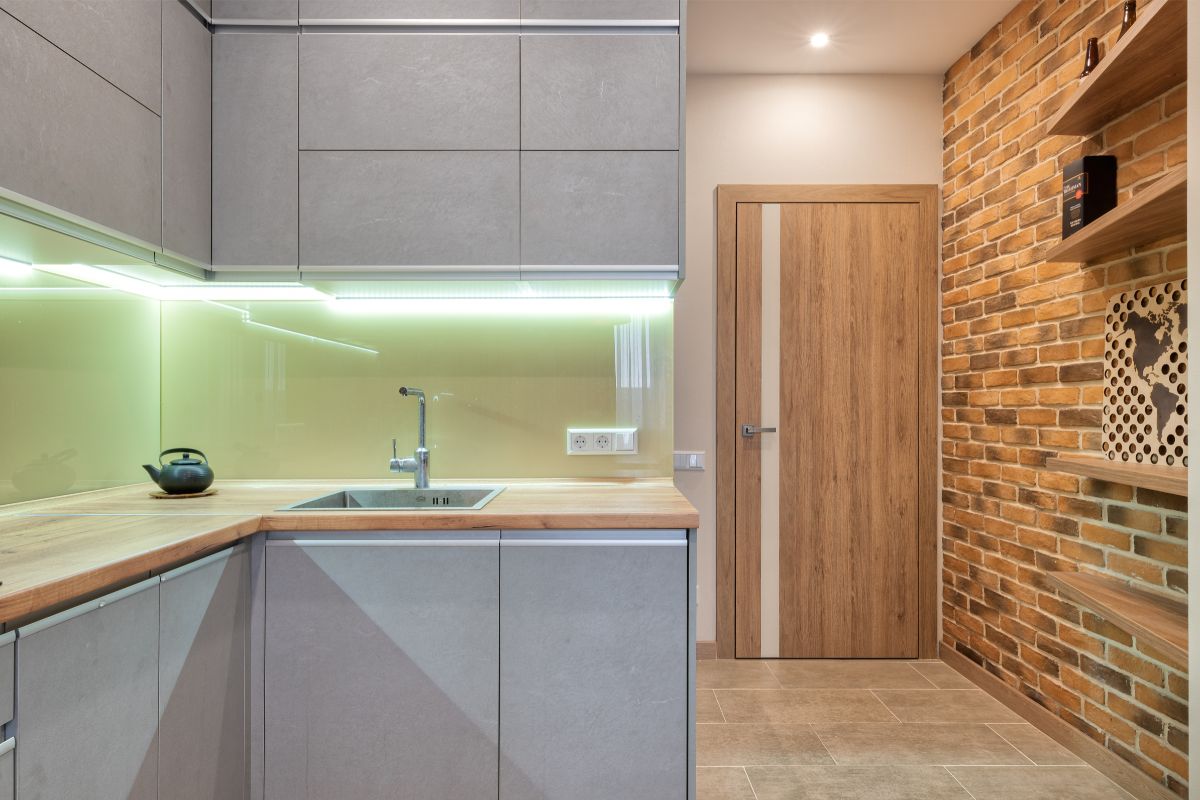Illuminating landscapes is a far more nuanced pursuit than many first think. Rife with different techniques, this outdoor lighting application can leave your head spinning as you wrestle a wicked case of option paralysis and shudder at the sheer volume of research that lies ahead of you.
But fret not, my light-bringing friend! I’m going to be breaking down all the essentials of landscape lighting right here right now. Stick with me and you’ll know exactly where to place your landscape light fixtures to best flaunt your features.

Landscape Lighting Techniques
The placement of landscape lights is all about creating a look and a mood, and to do so, you need to know exactly what look and mood you’re aiming for.
Luckily, the landscape illuminators that came before us have already split the various lighting methods into the following categories:
- Silhouetting
- Highlighting
- Washing
- Shadowing
- Down lighting
- Up lighting
- Moonlighting
- Accenting
- Shoreline/pool
- In-grade
- Path lighting



